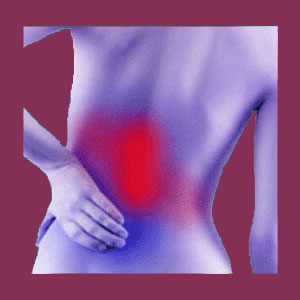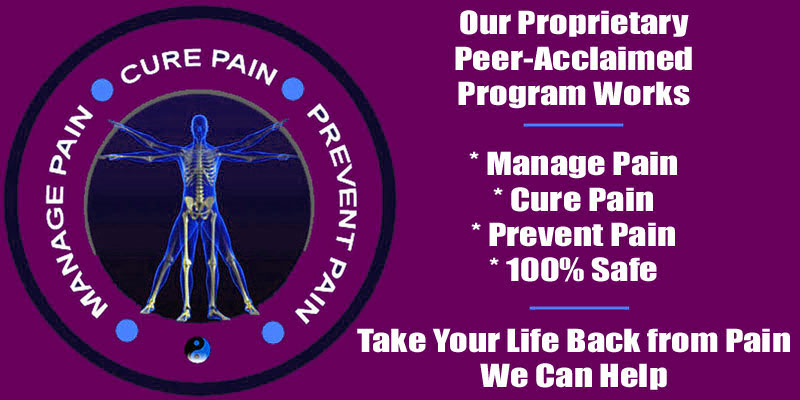
Does scoliosis cause herniated discs? Yes, in fact, it does. Scoliosis can contribute to intervertebral bulging, herniation and rupture. However, let it be known that most herniated discs are not symptomatic or problematic. Pathological disc abnormalities account for only a small percentage of the overall occurrence of herniations.
Scoliosis is a condition that influences much of the spinal anatomy. It can have consequences on arthritic progression in the spine, facilitate structural changes to the vertebral joints, lead to neurological alteration and of course, also affect the form and function of the spinal discs, including escalating the extent and rate of their degeneration.
This important discussion details how scoliosis causes herniated discs and also examines the overall influence of atypical spinal curvature on the intervertebral disc structures of the human backbone.
Does Scoliosis Cause Herniated Discs? Yes!
Doctors now know that scoliosis is a definite contributing factor to the development of herniated discs, as well as general intervertebral degeneration. All varieties of scoliosis can contribute to herniated discs, but certain locations make the presentation of disc bulges more likely, as well as increasing the chances of these disc irregularities being symptomatic.
Cervical, cervicothoracic and cervicothoracolumbar scoliosis can increase the chances of suffering one or more herniated discs in the neck, typically between C4 and T1. Lumbar, thoracolumbar and cervicothoracolumbar scoliosis increase the chances of experiencing a herniated lumbar disc, most often at L4/L5 and/or L5/S1. Herniated discs can occur elsewhere due to all manner of curvature locations, but are less common in frequency and less often symptomatic in clinical presentation.
Does Scoliosis Cause Bulging Discs? How?
Scoliosis involves atypical curvature(s) in the lateral aspect of the spine. In essence, when viewed from the objective front or back, the spine will demonstrate one or more curvatures in the side-to-side plane. This occurrence is abnormal, since a textbook normal vertebral column will be straight when viewed from an identical point of view.
Intervertebral discs are secured to the vertebral bones above and below them with cartilaginous endplates. Basically, these are attaching tissues that provide blood flow and innervation to the discs, since no internal circulatory or neurological tissues exist within the substance of the disc. These endplates are designed to attach to the vertebral bones at particular angles (close to 90 degrees) with small adjustments allotted for the tilting of individual vertebral bones in the front-to-back plane caused by lordosis and kyphosis.
Scoliosis changes the angles at which these endplates attach to the vertebral bones. Scoliosis also forces discs to absorb shock asymmetrically, since stress is transferred around the spinal curvature in atypical ways, instead of straight up and down the vertebral column, as organically engineered. Both of these factors can wear on the endplates, as well as the disc tissues themselves, inciting early onset and more severe degeneration, as well as increasing the likelihood of demonstrating intervertebral bulging, herniation or rupture.
Does Scoliosis Cause Herniated Discs? Outcomes
So, while we have established that scoliosis does indeed cause herniated discs, there are some additional pieces of information that must accompany this verdict:
First and foremost, despite their bad and undeserved reputation, most herniated discs are complete nonissues in the vertebral column. The vast majority of herniated discs are not painful and will never become painful. In fact, most people have herniated discs and do not even know it.
Next, herniated discs can only create symptoms when they structurally compress or chemically irritate neurological tissue. Since scoliosis also contributes towards both spinal and foraminal stenosis, herniated discs at the same level do have a slightly higher chance of being symptomatic than similar herniations in people who do not demonstrate scoliotic formation.
Finally, when herniated discs are the source of pain, treatment options might be more limited by prognosis in scoliosis patients than in the general population. Discectomy is a viable option in most instances, but will suffer degraded curative results in people with scoliosis. This is especially disappointing, since discectomy already suffers from some of the worst therapeutic outcomes in the entire spinal surgery sector. Artificial disc replacement will not be considered in patients with significant scoliosis. Finally, while spondylodesis remains an option, the size of the fusion will usually have to be much larger, but at least might be able to effectively treat the atypical curvature, as well.
You can read all about herniated discs on Herniated-Disc-Pain.Org. This is the web’s most comprehensive resource on all topics related to herniated discs.
Scoliosis > Consequences of Scoliosis > Does Scoliosis Cause Herniated Discs





